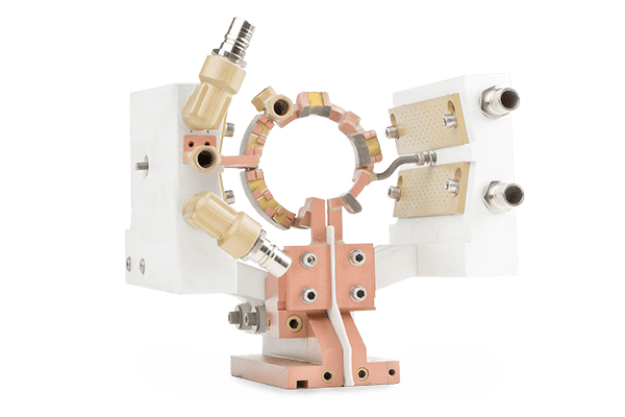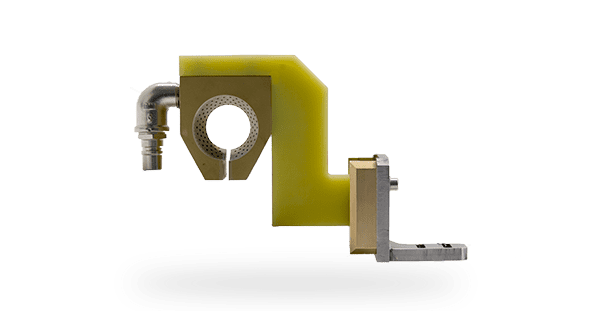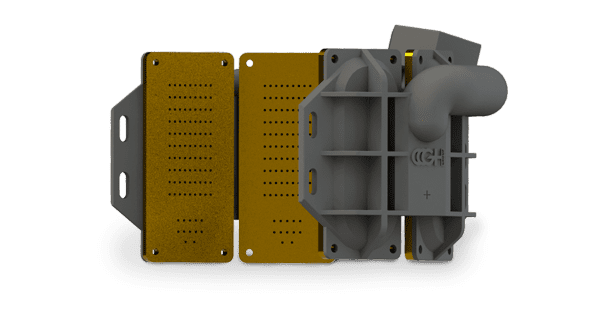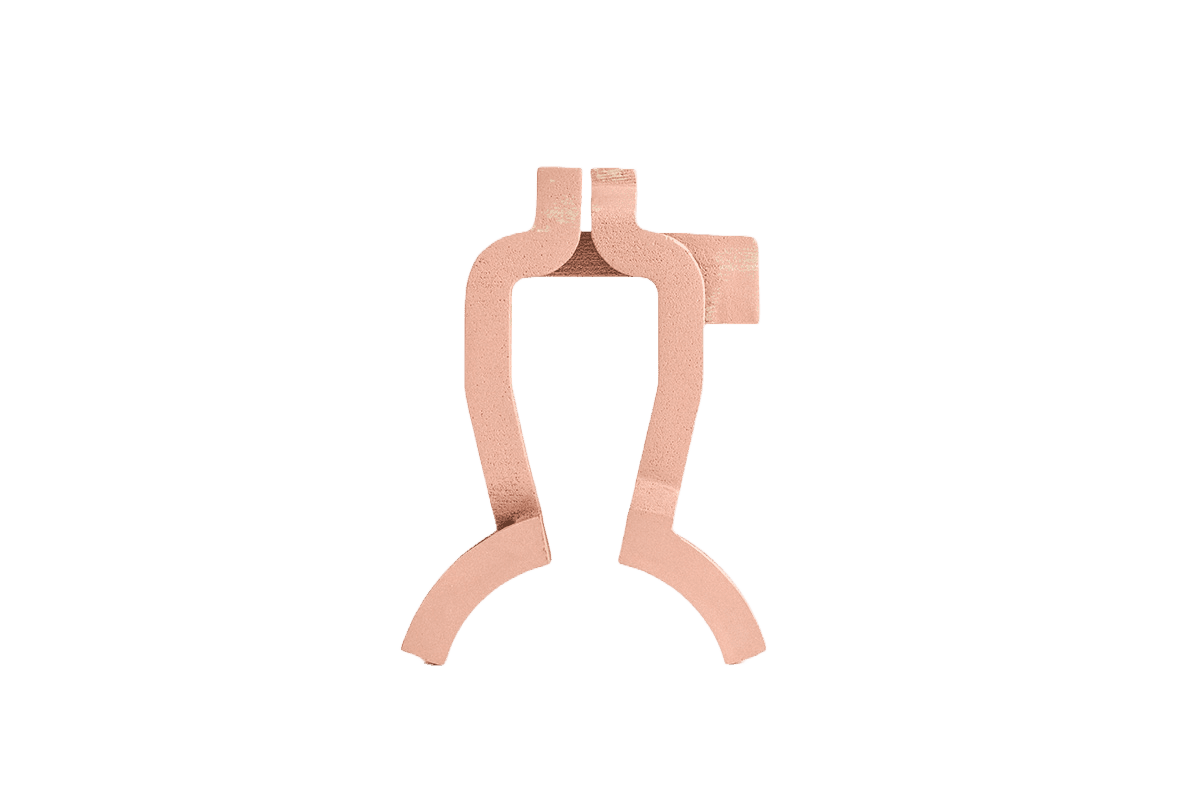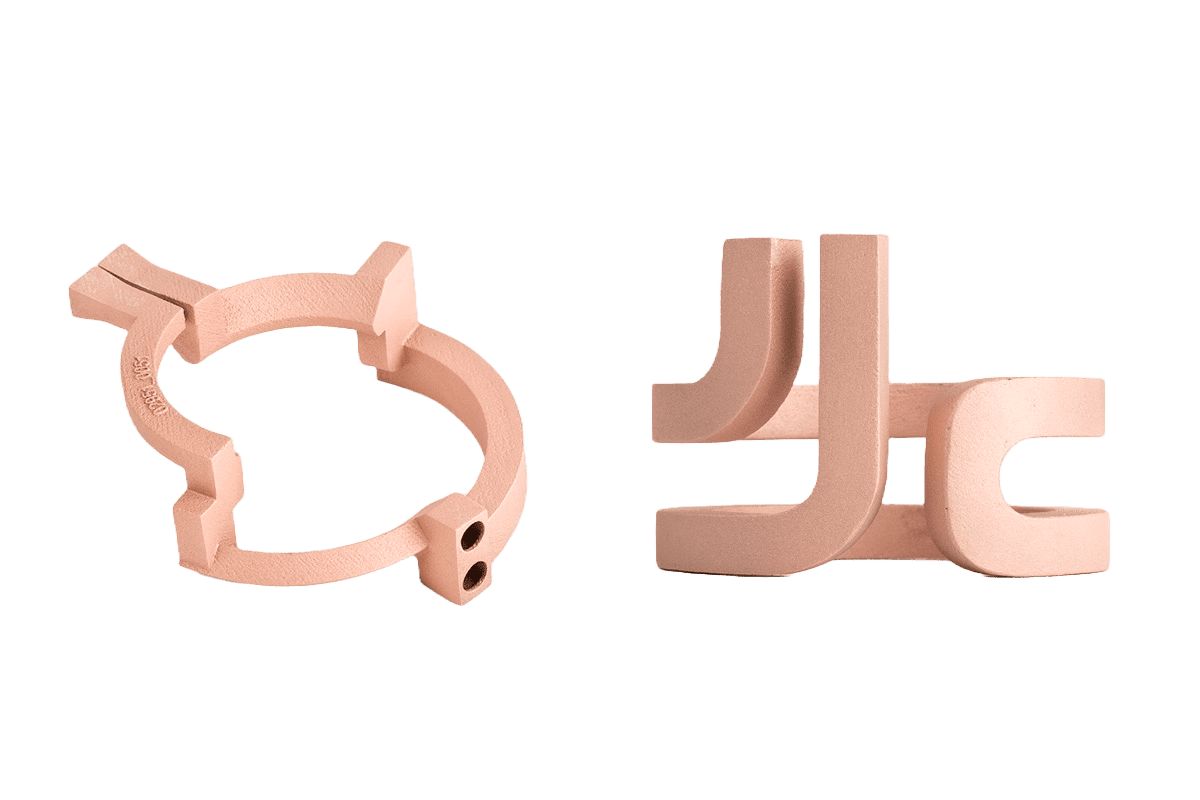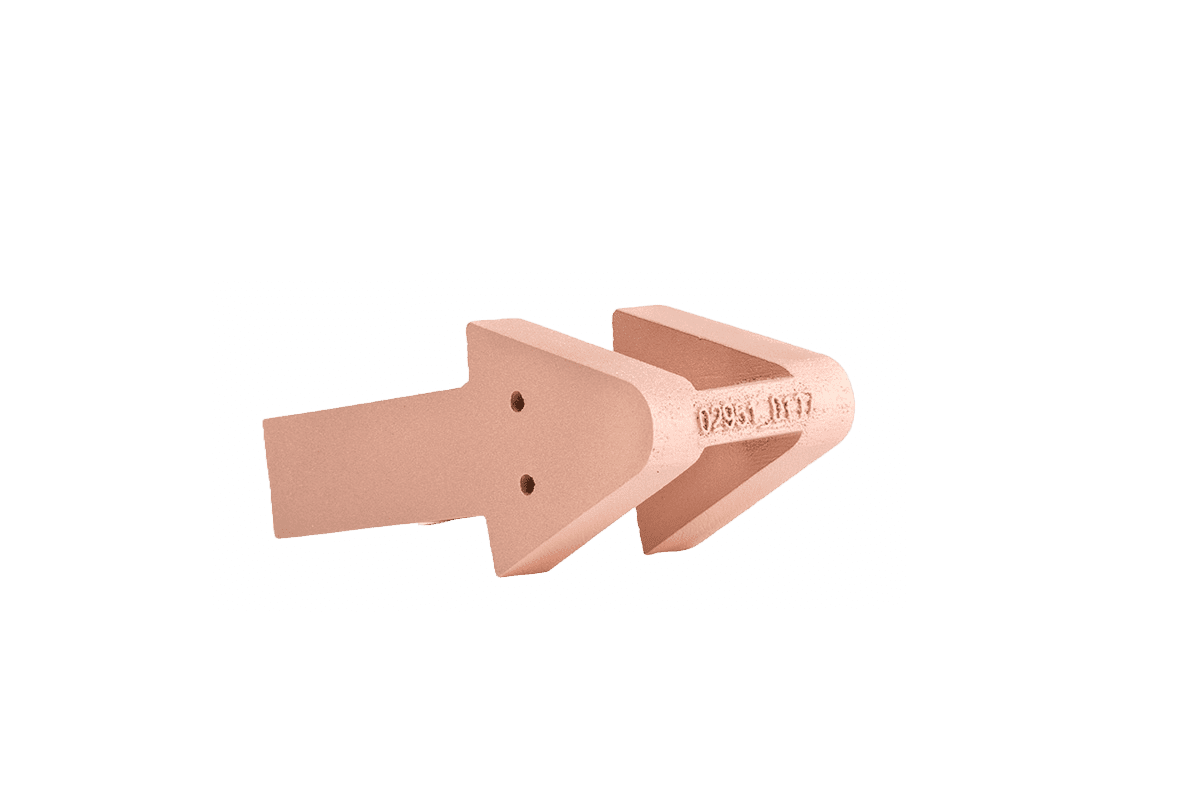
Make your induction hardening more profitable
The 3D additive manufacturing era is here, and that applies to the induction world too. GH is the first induction heating group deploying hundreds of 3D printed coils since 2014.
Our induction experience and a field-proven and patented 3D printing coil technology (3DPCoil) based on EBM makes GH 3D inductors the safest investment.
Years of Experience
60

3D inductors
A unique pure copper 3D printing technology
PART PRODUCTION COST & TCO comparison
EXTRAORDINARY SERVICE LIFE
Total Cost of Ownership decrease
Lower Inventory
Minimized Stoppages
DESIGN FLEXIBILITY
Continuous improvement
Complex shapes
Cooling optimization
TOTALLY REPEATABLE
Simplified changeovers
Planned production
Identical inductors
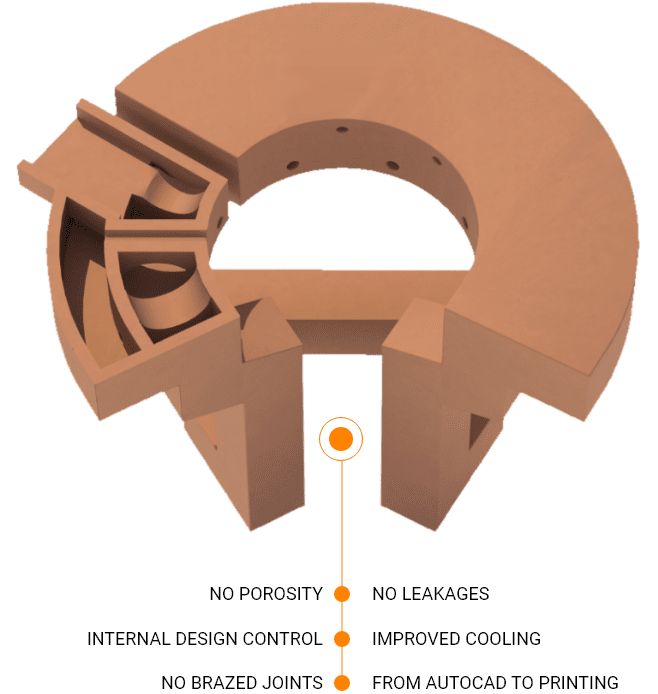

Benefits
Progress is not an illusion...it happens
PART PRODUCTION COST REDUCTION
Extraordinary increase of heating cycles with the same inductor. At least double production volume.
The cost per part and the inductor stock are reduced. Total Cost of Ownership (TCO) of an induction installation is minimized.
EXTRAORDINARY LIFESPAN
Strengths compared to current coil manufacturing methods:
– 3D printing without brazed joints and leakages.
– Improved inner cooling due to the design flexibility.
– Pure copper raw material.
STOPPAGES & CHANGEOVERS MINIMISED
As the inductor life is much higher and the inductors are identical, the hardening machine stoppages are reduced, changeovers are simpler and the production planning is more controlled. Repairable as traditional coils.
TOTALLY REPEATABLE
Always the same coil:
– Industrialized process. No human influence.
– From CAD design file to direct printing.
– Without porosity.
CONTINUOUS IMPROVEMENT
The original 3DPCoil design can be optimized after each changeover due to the industrialized process and coil design flexibility.
Strengthening of high intensity zones, profile adjustments, etc. are feasible.
DESIGN FLEXIBILITY
What the traditional brazed coils do not achieve:
– Powder melting instead of tube machining.
– Internal and external geometry modifications.
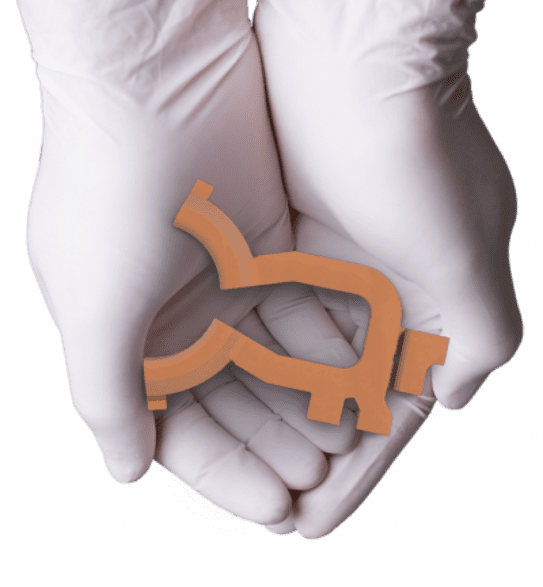
More than printing
We accompany you in the process of incorporating 3D inductors on your production lines.
With more than half a century of experience in solutions for induction processes we can help you beyond the supply of the inductor. We can simulate, design, manufacture, test and work with you on the continuous improvement for inductors and processes.

Solutions
Solutions for any induction application

How we do it
3D INDUCTOR MANUFACTURING METHOD
The original and unique additive manufacturing coils based on Electron Beam Melting (EBM) made of pure copper.
Such technology commonly called “3D printing” simplifies and shortens the manufacturing process with direct manufacturing from CAD design with extreme density material. This technology is deployed in other industries such as aerospace and orthopaedic implants using titanium or Cobalt-Chrome materials where achieving the material properties is crucial.
The method is composed of several phases where the objective is to guarantee the inductor quality using 3D printing technology.
When the coil has been printed previously the process is the same except the first phase that is not necessary because it is registered from the first application. Repeat coils can be reproduced quickly and with total accuracy.
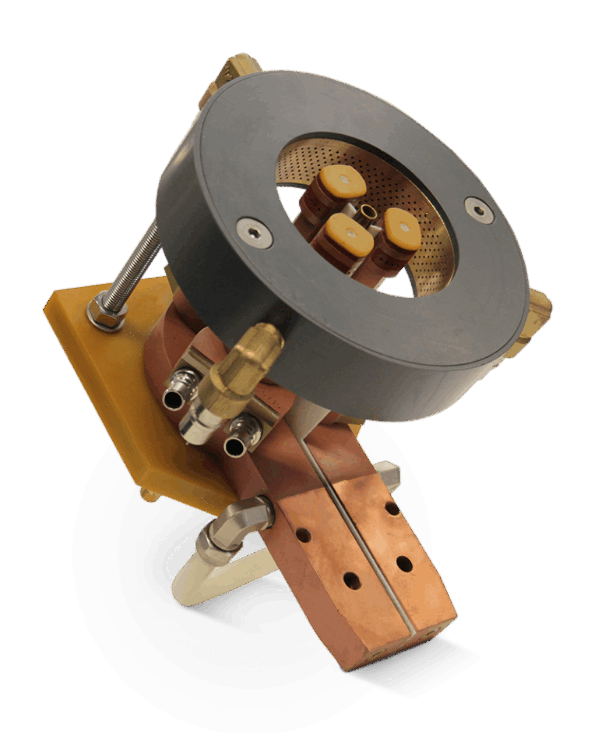
3D Design Printing machine adaptation
Optimization of inductor design fromc customer CAD files.
Preparation for the coil presentation to the machine.
1
3D Printing by EBM patented
3d Coil printing in the Electron Beam Melting with copper.
2
Finishing
Coil and inductor tooling assembly.
Coil brazing to the inductor body, cleaning, ferrite installation, epoxy protection.
3
Dimensional vertification, testing protocols
Final verification of the inductor, its interconnection and clamping arrangement.
4

The EBM Printing process
The coils are built up, layer-by-layer of metal powder, melted by a powerful electron beam. Each layer is melted to the exact geometry as defined by a 3D CAD model.
First a thin layer of metal powder particles is deposited in the working plate and then flattened. Powder is preheated to very high temperatures.
In the next step the electron beam is focused and controlled in the X-Y dimension by means of an electromagnetic coil in order to selectively melt the powder particles on top of the working plate.
The result is the creation of the desired section and simultaneously it is fused to the previous layer. A new layer is then created, and the steps are repeated up to the completion of coil.
Optionally the coil surface could be improved with sand shot blasting, classical manual finishing or through mechanical post-processes.



Technical advantages
In comparison of other 3D printing techniques.
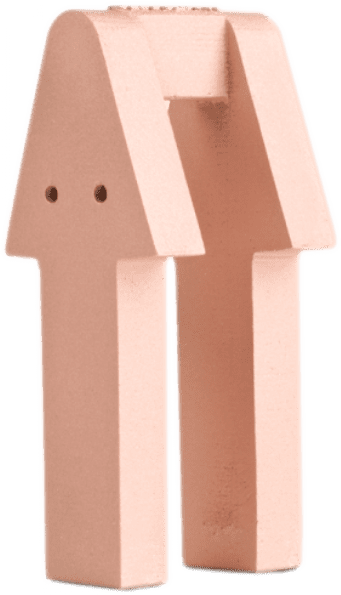
Material purity
The base material is 99.99% copper with higher purity than any electrolytic copper tube available on the market.
No additional elements.
Faster fabrication
The high energy density used for melting, allows less time to melt each layer, making this method faster than other additive fabrication methods.
Guaranteed no porosity or oxide
In the manufacture thanks to the vacuum atmosphere.
Very high mechanical performance
Melted material is preheated giving extremely mechanical properties compared with other additive technologies.
Reduction of internal stress
The uniform thermal environment ensures printed inductors are free of internal stresses.
Reactive materials
High chemical purity means greater conductive performances.
65% energy conversion efficiency
Most of the energy used by the beam is absorbed by copper. Greater efficiency than other 3D printing technologies.
Recycling
Most of the metal powder particles (97%) that has not been used in the process can be recovered and used again.
Customer cases
